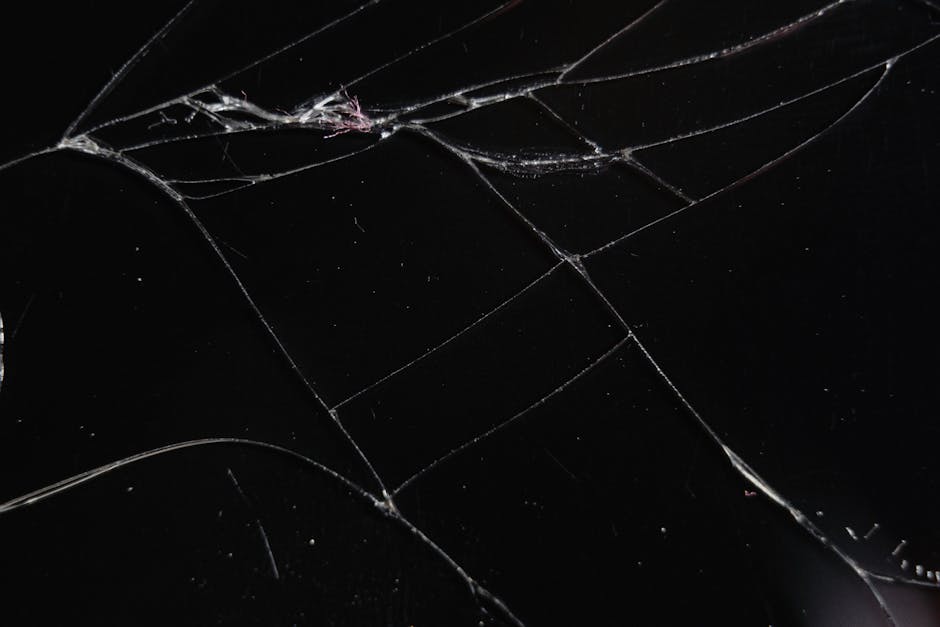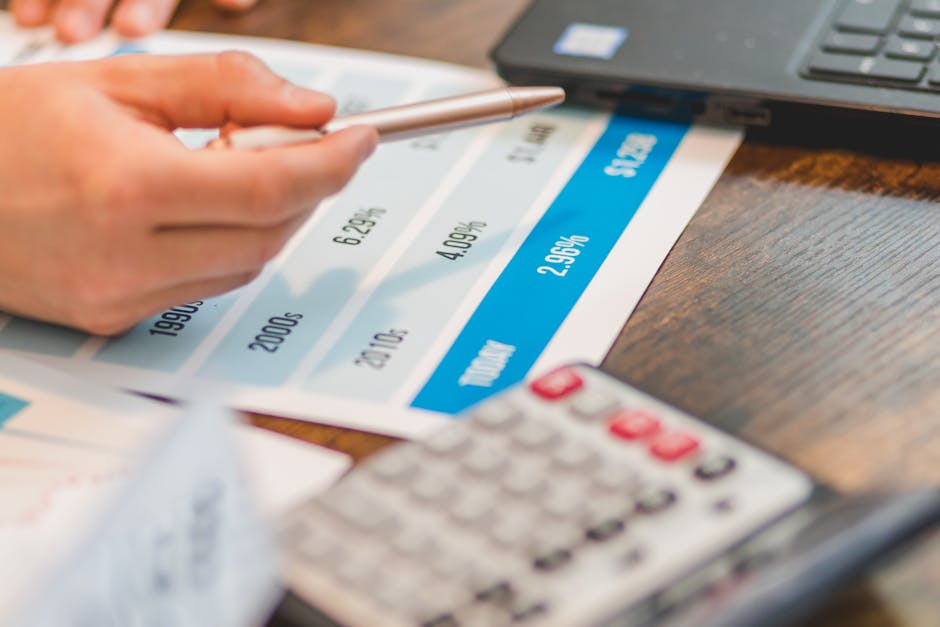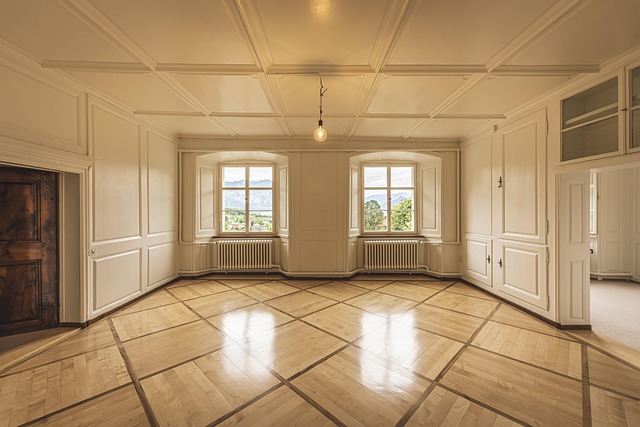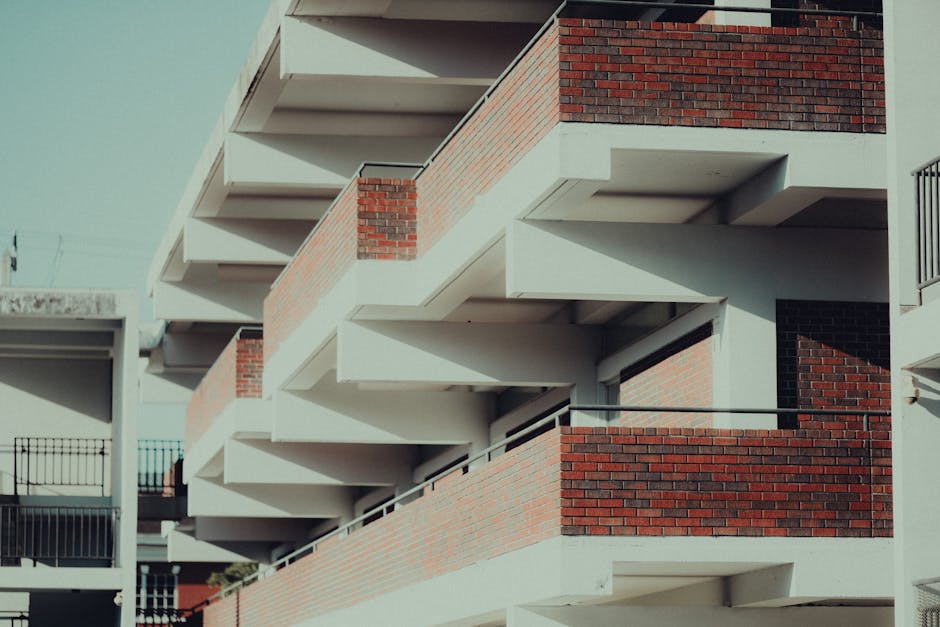First impressions aren’t optional. Buyers make up their minds within seconds, often before a word is spoken. Whether it’s your studio set, the thumbnail on your latest vlog, or the banner at the top of your channel, visual impact matters.
Good design doesn’t just look nice—it signals value. Clean edits, clear fonts, and cohesive color palettes all tell your audience you care about the details. Sloppy design? It reads like sloppy content. In a crowded content landscape, perceived quality is half the battle.
Then there’s the psychology of space. Layout, lighting, and color don’t just set a mood—they shape behavior. Brighter lights make people feel energized. Soft palettes and open scenes build trust. A cluttered frame distracts; a balanced one keeps attention focused. The best creators mix function with feeling—on purpose.
Bottom line: every visual choice you make either builds trust or breaks connection. Think like a designer, even if you don’t have the title.
Staging isn’t about fluffing pillows or picking trendy colors. It’s about control—specifically, controlling how someone moves through a space and what they notice along the way. That’s where flow comes in. Good space planning creates a path. It nudges the eye. It says, “Look here first,” and “Forget that corner exists.” You’re shaping a walkthrough that feels effortless, even if every detail is intentional.
Smart styling highlights what matters and redirects attention from what doesn’t. Have awkward ceiling lines? Brighten up the window wall. Tight dining area? Use a round table to soften the squeeze. You’re not hiding flaws—you’re prioritizing focal points. Assets win when they’ve got the stage to themselves.
At its core, staging is a silent kind of storytelling. It’s less about what’s in the room and more about what the room says: lived-in but clean, aspirational but real. You’re not just selling square footage—you’re selling a feeling. That’s what sticks.
Case Studies: Design That Pays for Itself
You don’t need to gut a space or spend six figures to make an impact. Some of the smartest listing transformations in 2024 have come from minimal, targeted investments. Think $800 on lighting, $1,200 on staging, or $400 to bring in a consultant for layout tweaks—and the returns? Five figures, fast.
Take the example of a modest two-bedroom condo that sat stagnant for 45 days. After a $3,000 redesign focused on soft neutrals, smart storage, and vertical space, the unit sold in under a week—and for $37,000 over asking. Or the three-bed craftsman that shaved $900 on updated photos and $600 on exterior paint touch-ups, and jumped from zero interest to nine showings in 48 hours.
When design is used with intent, it slashes time on the market and increases perceived value. It’s not just about looking good; it’s about creating emotional pull. In a crowded market, clean visual rhythm and a sense of lifestyle can turn a maybe into a firm offer. Sellers are waking up to it. So are smart creators.
Minimal money. Maximum return. And, most importantly, momentum you can control.
Trends That Translate Into Offers (Not Just Pinterest Saves)
Designing a space that trends well online is one thing. Designing a space that actually moves real estate? Different game. In 2024, it’s less about viral aesthetics and more about what makes buyers step up with serious offers. Neutral palettes are still the backbone—think sandy beiges, soft greys, and warm whites—but what’s layered on top has to feel intentional.
Buyers are paying attention to details that offer flexibility and sustainability. An open-concept kitchen isn’t enough—it needs a work-from-home nook, smart storage, and finishes that make sense for daily life. You’re also seeing more eco-conscious materials baked into designs from the start: bamboo floors, non-toxic paints, energy-efficient lighting. Not just for show. These choices make listings stand out in real ways.
Still, design can’t feel cookie-cutter. The best properties balance broad appeal with personality. Maybe it’s a distinctive light fixture or a reclaimed wood wall that hints at the home’s character. That tension—mass-market function with just enough flair—is where modern listings win. Good designers know the line and walk it well.
Customizing Style to Match Buyer Demographics
Design isn’t just about taste—it’s about who’s buying. In 2024, smart real estate vloggers and developers are tailoring aesthetics to fit tighter audience profiles. Young professionals aren’t looking for the same features as downsizers or remote-first digital nomads. Design needs to echo their lifestyle: sleek finishes and flexible layouts for the work-from-anywhere crowd, energy-efficient upgrades for eco-conscious buyers, and extra storage in starter homes for new families juggling it all.
But it doesn’t stop at the target buyer. The neighborhood has a say too. A modernist box stands out—often for the wrong reasons—in a century-old craftsman district. Buyers expect authenticity with a logical fit. That means choosing styles and finishes aligned with both aspiration and address. Matching the vibe of the area helps listings feel native, not forced.
The bottom line: tasteful isn’t enough. Thoughtful alignment between design, demographic, and neighborhood builds credibility—and sells faster.
(For context on local influence, see: The Impact of Local Zoning Laws on Property Opportunities)
Real estate professionals don’t just partner with design experts for aesthetics—they do it to win. In a listing-driven industry, presentation is leverage. A property can have good bones and great location, but if the photos don’t pop, buyers scroll right past. Design pros make sure the space tells the right story at first glance.
The most critical moments? Before hitting the market. This is when staging, layout tweaks, and even minor renovations can swing buyer perception—and price. Online listings are the modern-day curb appeal. A well-designed room photographs better. A thoughtful color palette calms or excites. Every visual detail counts.
When it comes to ROI, the numbers back the strategy. Properties that are professionally staged and visually dialed often sell faster and above asking. That’s a selling point agents need to communicate clearly to their clients. Investing in design may feel optional, but for serious sellers, it’s just smart business.
Design Is More Than Looks—It’s a Strategic Advantage
In today’s crowded digital space, design isn’t just something you layer on top. It’s baked into the way creators plan, shoot, and present their content. The look and feel of a vlog—or the branding around your channel—can make the difference between a viewer clicking in or scrolling past. But it’s not just about color palettes and trendy edits. Design is about flow, clarity, and guiding the viewer’s attention with intent.
Sure, beauty sells. A clean thumbnail or slick title card gets people in the door. But it’s thoughtful design that keeps them there—like framing a product in a way that highlights its utility, or mapping a visual arc across multiple uploads. That’s what builds trust and drives conversions. Especially for creators looking to monetize, everything from your channel banner to how you stage a shot plays into perceived value.
Bottom line: design isn’t decoration. It’s strategy. And those who start treating it that way unlock real leverage in a competitive space.




